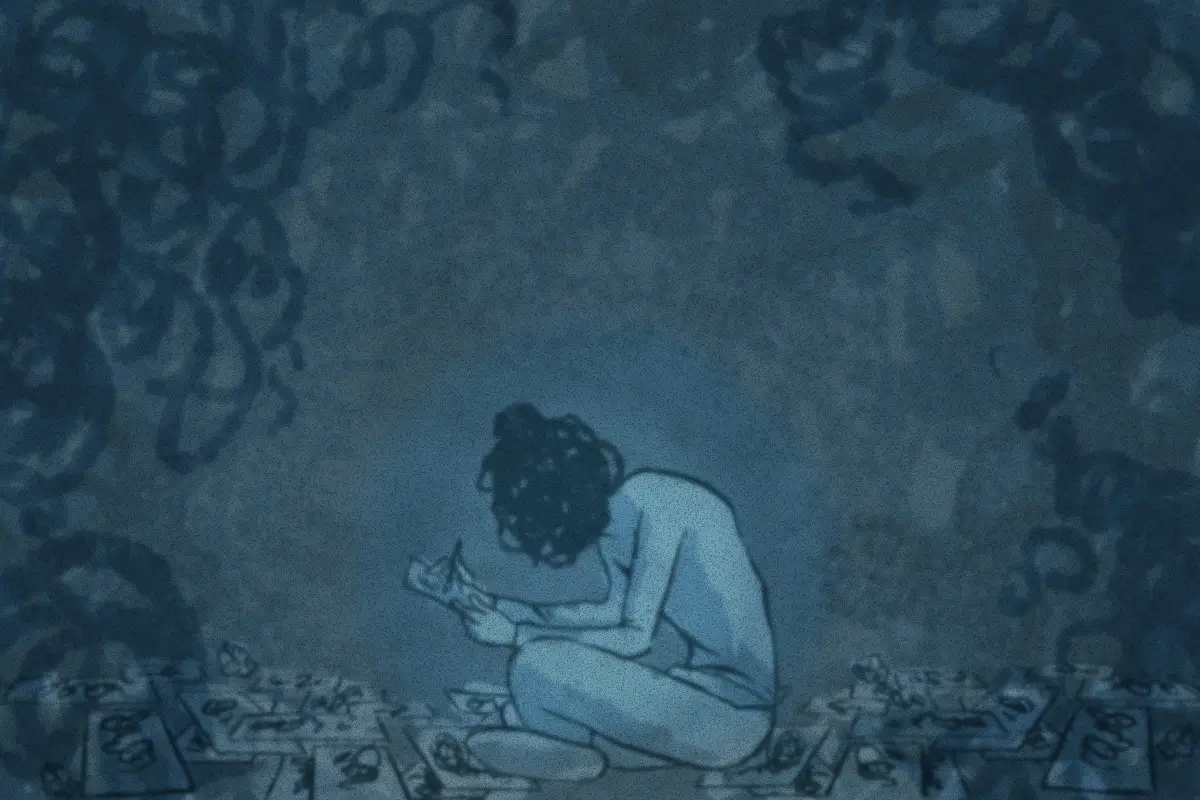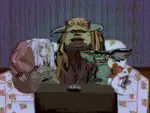Throughout the history of cinema, the obsessed artist trope has been a recurring theme that has both fascinated and haunted audiences. The term “obsessed artist” describes a person wholly consumed by their creative pursuits, often to the point of self-destruction. These individuals often prioritize their artistic dedication over their own personal well-being, relationships, and societal norms. The trope explores the fine line between passion and madness, portraying the internal and external conflicts of the characters in question. They aren’t just driven by passion, they’re consumed by it. Pushed to their breaking points by an insatiable hunger for artistic excellence, validation, or an almost spiritual connection with their works.
ACT I: How It Started
The beginning of the obsessed artist trope can be traced back to ancient mythology, where tales of individuals infatuated with their creations laid the foundation. One of the the most popular examples is the story of the sculptor Pygmalion. In Greek mythology, Pygmalion is a sculptor who carved a statue he falls in love with. Through his intense obsession , the sculpture comes to life, blurring the line between the creator and their creation. This influenced the idea of the obsessed artist as it continued to evolve.
From Renaissance painters to Romantic era poets and 19th-century literature authors, it eventually reached the Golden Age of Hollywood. As cinema has evolved into a dominant form of storytelling, Hollywood has introduced audiences to ambitious protagonists whose artistic pursuits lead them down paths of both glory and tragedy.
Norma Desmond from the film “Sunset Boulevard” is one of the earlier depictions of the obsessed artist in cinema. Norma’s character personifies the pitfalls of artistic obsession as she wallows in a world of self-delusion and past glory. Her relentless search for a comeback leads to her spiral serving as a tragic reminder of the devastating effects of unchecked artistic ambition. The movie delves into themes of isolation, reality vs. fantasy, and the stress of striving for perfection. It also provides a chilling and cautionary story, setting the tone for future depictions of the “obsessed artist” in film.
ACT II: In Modern Times
Although the obsessed artist trope has been around for so long, it is only now that contemporary filmmakers are exploring the complex world of human emotion, mental health issues, and social dynamics. Through film, this has helped to create a deeper and more genuine portrait of artists who are consumed by their obsessions.
In the 21st century, the obsessed artist has become more complex and psychological in nature. Films such as “Black Swan” and “Whiplash“have delved into the complexities of artistic obsession. These films show characters struggling with their own inner demons as well as the sacrifices they make. Ultimately, it depicts the toll perfectionism takes on their mental health and relationships. So much more than any other era, these modern portrayals offer a more empathetic and realistic view of the obsessed artist.
The newer age of cinema has embraced intersectionality within the trope, telling stories with characters whose societal expectations goes beyond traditional gender roles and sexual identity. Films like “The Novice“and “Lady Bird are less intense than the better-known movies in this trope. These movies still provide glimpses into the lives of artists navigating unique challenges related to gender, sexual exploration, and socio-economic backgrounds. The 21st century has seen a significant transformation in the gender representation of the obsessed artist character.
Women are portrayed in a more nuanced way as they grapple with the issues of obsession, self-doubt, and social expectations. These films challenge traditional gender norms and stereotypes and bring a new perspective on gender, artistic expression, and mental health. Audiences look for fresh and authentic narratives, encouraging filmmakers to explore the complexities of individuals’ experience. This is achieved through the development of multidimensional characters and diverse perspectives and storylines.
ACT III: It’s Human Nature
These films are usually seen as toxic or harmful by many because they promote an uncontrollable, unhealthy need to fulfill a goal. But the truth is that it’s only human nature to want to strive for perfection and be intensely passionate.
At its core, the obsessed artist is driven by one thing: perfection. It’s human nature to want to be the best at whatever it is we do and push ourselves to the limit. The relentless pursuit of perfection drives the obsessed artist making it the universal drive for success that defines our human experience. The intensity behind any obsessed artist pursuing their craft reflects the profound passion found within the human psyche. In any field, whether it be art, science, or sports, people are driven by an insatiable need for more and to be the very best. It is a fundamental part of our nature, it drives us to push ourselves to the limit of our abilities.
ACT IV: Dangers for the Audience
While these characters make for riveting stories, it’s crucial to acknowledge the potential consequences that the obsessed artist trope poses for the audience. The biggest problem with the obsessed artist trope is that it desensitizes the content, which can quickly turn into romanticization of the behavior for audiences. Characters who are consumed with their craft go down a path of self-destruction, perpetuating the idea that suffering is a natural part of artistic excellence.
While mental health issues are an important and real part of many people’s lives, the obsessed artist trope can paint an inaccurate and exaggerated picture of the struggles with mental health. This can undermine efforts to raise awareness of mental health issues by perpetuating the idea that creativity, genius and mental illness go hand in hand. This may lead to the same old stereotypes, preventing open dialogue on mental health issues in creative spaces.
The obsessed artist trope is a multi-faceted and constantly evolving archetype that remains a powerful tool for storytelling. Through this trope, filmmakers are able to explore the highest levels of creativity and the darkest corners of the human experience. In all its glory and danger, it serves as a reminder that humans are complex and that it can be hard to find the right balance required to navigate life.

















